Helping Kids Build Their Intrinsic Motivation
06/10/21

Different types of motivation: INSTRINSIC vs. EXTRINSIC
To better understand the impact of each, it is important to ground ourselves in the different types of motivation and their manifestations. Extrinsic motivation is based on external factors and occurs when “…we are motivated to perform a behavior or engage in an activity because we want to earn a reward or avoid punishment.” (Tranquillo J, Stecker M., 2016). Conversely, “Intrinsic motivation is when you engage in a behavior because you find it rewarding. You are performing an activity for its own sake rather than from the desire for some external reward.” (Lee W, Reeve J, Xue Y, Xiong J., 2012).
If we use sports as an example, being intrinsically motivated would mean a kid would join a team because they love to play, whereas being extrinsically motivated would drive a kid to join the team because they want to win championships at the end of the season. Both valid. But by supporting kids in becoming intrinsically motivated around getting active, we can assist in the establishment of a practice of movement to help sustain overall wellness past their childhoods!
The impact of intrinsic motivation on kids’ physical activity:
We all hope that kids want to get moving because we know the importance for both their bodies and brains (and if you didn’t know, here is our newly released Impact Report!). We also want to ensure the experiences are positive, inclusive, and encourage kids to continue getting active (in whatever way feels right!) because it supports their overall health and wellness. Here are just a few ways that helping kids find their internal motivation can have a significant impact:
- Kids build a positive relationship to physical activity, rather than a punitive one. This can help build things like self-esteem, relationship with self/body, and the enjoyment of the feeling of getting active.
- It empowers communities to get active together. Kids who want to get active get the adults in their lives moving more often too!
- Extrinsic rewards can be used more successfully to reinforce intrinsic motivation, rather than become expectations for compliance. For example, giving a kid the option to choose the next activity the group plays as a reward for helping an injured peer.
How this can benefit your BOKS program (or any other program in fact!):
The vision of BOKS is to see a healthier and happier generation of active kids, and intrinsic motivation is a goal of the resources and program offerings that BOKS provides. Encouraging kids to find motivation through what brings them joy, feels right in their bodies, and allows them to maintain their authenticity can have benefits like:
- Fulfillment- when they are internally driven to participate in BOKS, kids feel good.
- Independence- kids can independently incorporate activity into their self-care and self-regulation practices outside of BOKS time.
- Relationships- we can build stronger relationships with kids and establish greater trust through programs like BOKS. They are also encouraged to focus on their relationship with themselves: perhaps the most important relationship!
Having intrinsically motivated kids in your BOKS program can result in:
- More sustainable programming year after year. Kids will be less inclined to do one-off program offerings and may even enter into leadership through the Junior Leadership training program!
- Confidence/competence boosts in kids and adults. Prepare for lots of smiles, positive thoughts, and caring actions.
- More genuine engagement and buy-in from kids. Nothing punitive, no battles, just a great time.
While each type of motivation has its place, intrinsic motivation is even more crucial to support heading into summer. This is the time where kids walk the walk and stay motivated to continue pursuing activity without the structure of school, community programming, or however they most consistently accessed it during the school year. Take time to invest in the things that build intrinsic motivation in kids so that they explore activity safely, and personally connect to what movement makes them feel best.

